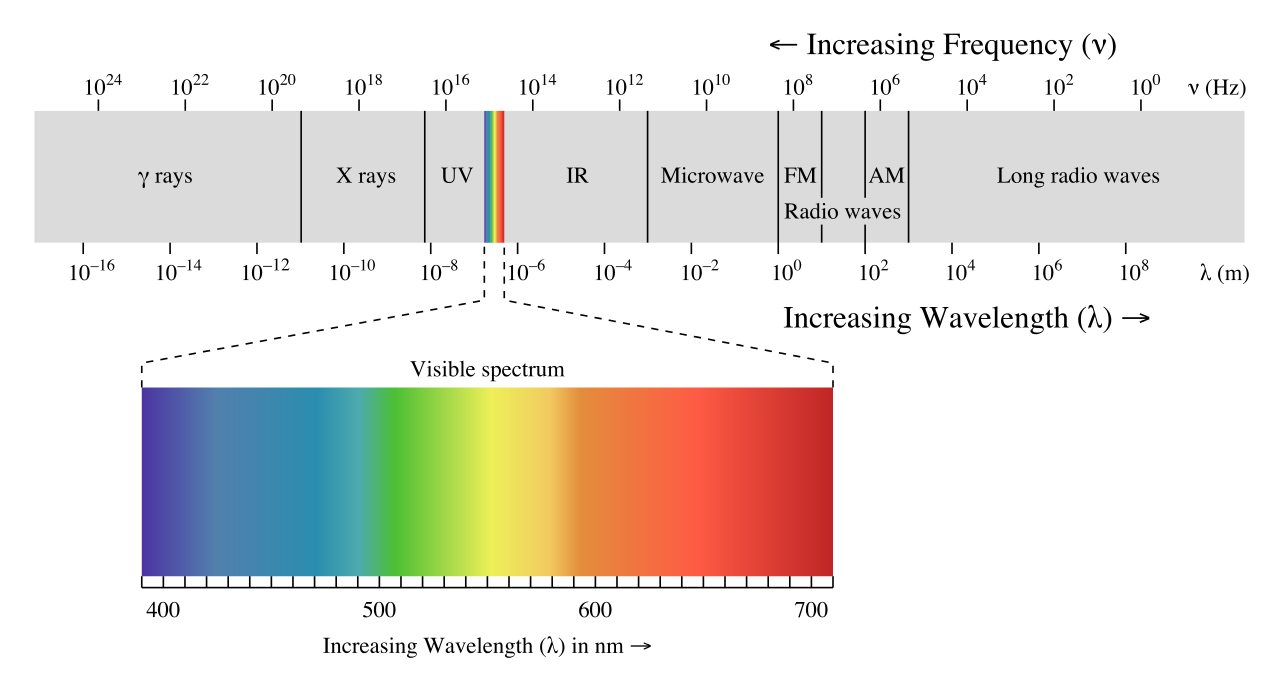(Printable version, go to full version)
Index:
Estudio a través del Espectro Electromagnético (Videos)
3 ESO (14-15 years old)
In this experience, explore the large portion of the spectrum of light that is invisible to human eyes, discover the information it contains, and a new view of the cosmos....
Material that could add value if prepared before coming to ESAC:
- Thermal Energy: Heat and temperature.
- Videos
Material to be used at ESAC: Scientific Case and Game.
We see our world in a huge variety of colour. However, there are other “colours” that our eyes can't see, beyond red and violet, they are: infrared and ultraviolet. Comparing these pictures, taken in these three “types of light”, the rainbow appears to extend far beyond the visible light.

Multispectral rainbow. Courtesy of Dr. A. Dominic Fortes, Earth Sciences
In addition to ultraviolet and infrared, there are other “colours” which are hidden from sight. The whole set of “colours” is called the electromagnetic spectrum, which is divided into different ranges. In order, from the highest to the lowest energy, they are: gamma rays, X rays, ultraviolet, visible light, infrared, microwaves, radiowaves.

Electromagnetic spectrum. Source: Wikipedia.org
To see the cosmos in light beyond the visible part of the spectrum, special instruments are needed, with different types of detectors depending on the wavelength. These instruments/detectors, allow astronomers to obtain a huge amount of information about the Universe.

Galaxy observed at different wavelengths. Credit: http://www.caosyciencia.com/img/img310712.jpg
In this Space Science Experience, students will match images of astronomical objects to the corresponding wavelength.
Nowadays, the European Space Agency has a fleet of satellites that observe the Universe in all the ranges of the electromagnetic spectrum. This is to enable astronomers to obtain a complete picture of the different process that take place around astronomical objects.

ESA'S fleet across the spectrum. Credit: ESA
Let's go study the sky in all these “colours”!